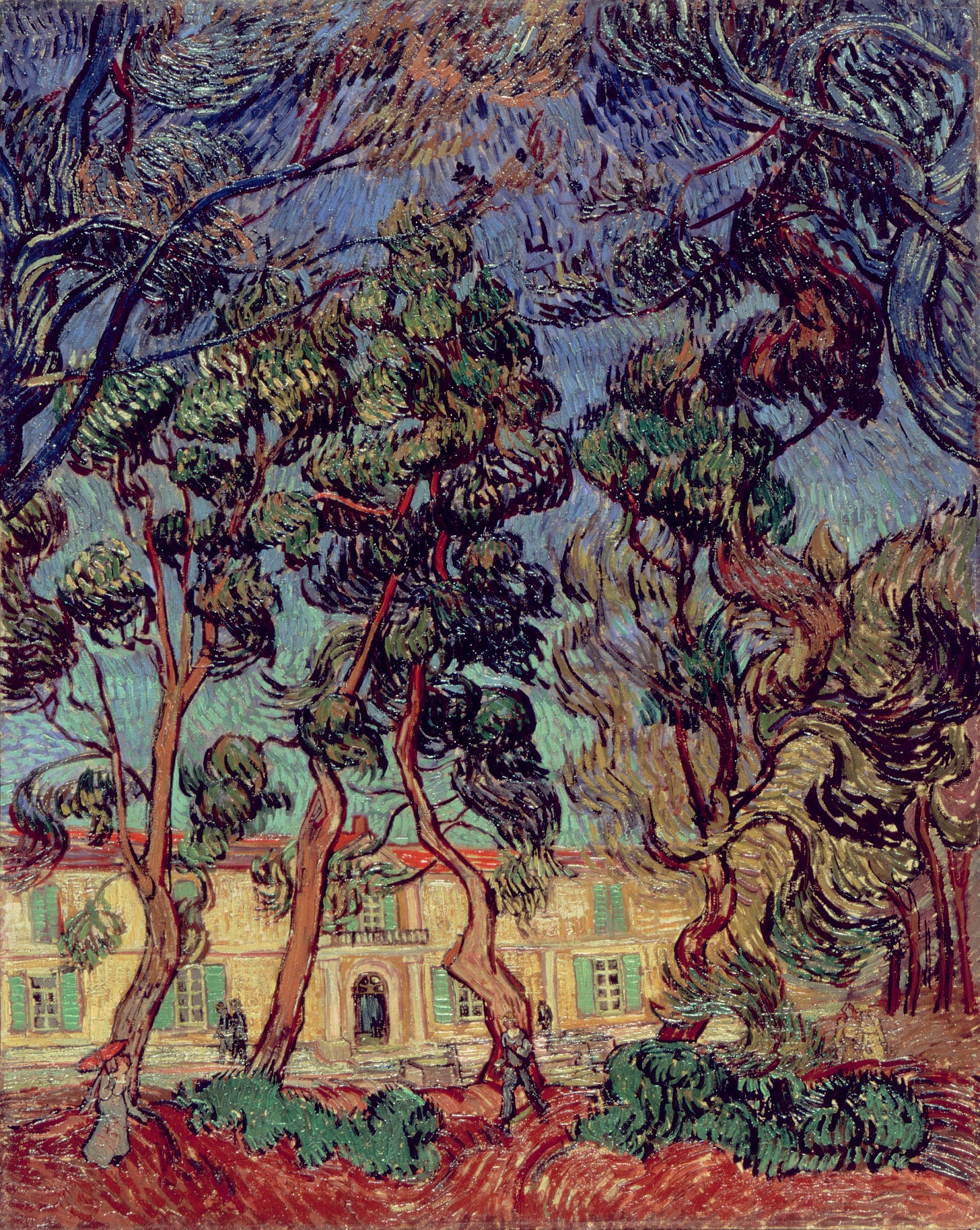Happy Horticultural Therapy Week!
As gardeners and plants people, we can all attest to the therapeutic qualities of working with plants. HT is a natural, more formal extension of this.
Defined as, ‘the engagement of a person in gardening and plant-based activities, facilitated by a trained therapist, to achieve specific therapeutic treatment goals’ (ATHA), it harnesses the sensory value of plants to provide healing.
Although it has only recently been formalized, this type of therapy has been used successfully for millennia.
The gardens of ancient Egypt, Mesopotamia and Persia were especially recognized for their soothing qualities. With their fragrance, cool flowing water and beauty noted as a positive influence for those experiencing mental health issues.
The monastic gardens of the middle ages offered both respite, meditation and medication for the infirmed. Providing physical and mental refreshment for patients, travellers and studious monks/nuns alike.
The first purpose built therapy gardens found their feet in the mid-1800’s. With many hospitals adding park-like landscaping to their grounds as the antidote to industrial cities, akin to the public park systems also appearing around the same time.
Post WW1, many servicemen turned to horticultural therapy for recuperation. Establishing garden clubs as a way to share their passion for plants and add much needed social connections.
The formalization of HT started with several books published in the 1960’s. And the first training, including degrees began in the 70’s.
Today, there are HT associations in countries around the world, from Germany to Japan. At Virens, we’re proud members of the Canadian Horticultural Therapy Association (CHTA). Where anyone can find HT practitioners and a wide range of programs as well as information on how to become a professional practitioner.
HT Programs can vary widely, as needed to best accommodate those enrolled. They’re found in hospitals and rehabilitation facilities, schools, community groups and in corporate situations. Many are even available via zoom. And while some are centred on vocational skills or social interaction, others seek to improve physical and mental health, through a variety of activities.
Programs can involve the building and maintenance of a crop or entire garden over many months, or simply a guided walk through a local park for a few hours. Practitioners may also suggest indoor activities like the blending of a personalized herbal tea. Whatever best suits the clients needs (usually decided upon by various stakeholders).
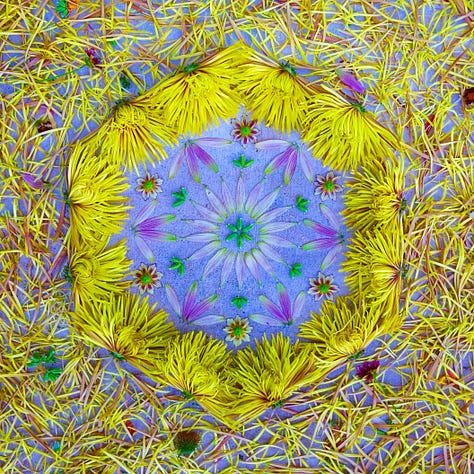

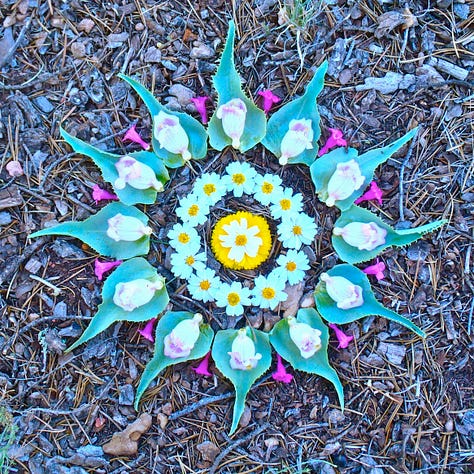
One of our favourite activities that anyone can do, is to create a botanical mandala with plant parts. Seed heads, leaves, flowers and twigs can all be collected from the garden or a nearby park and brought to a quiet space (indoor or out, your choice). Then just let your mind relax and try creating different patterns, starting at the centre and working your way out in a circular shape. You can rework it as many times as you like, while exploring the shapes, colours and textures of the material as you go. Before you know it, you’ll feel more relaxed, calm and ready to take on the rest of your day.
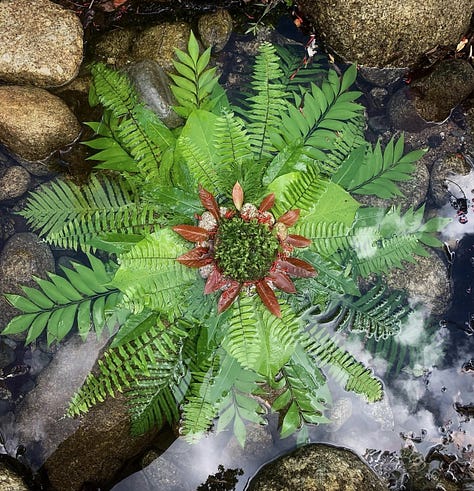
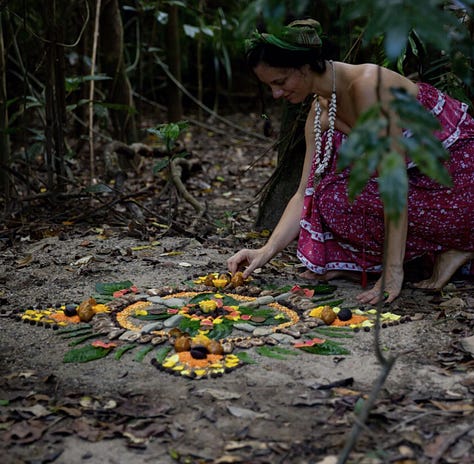
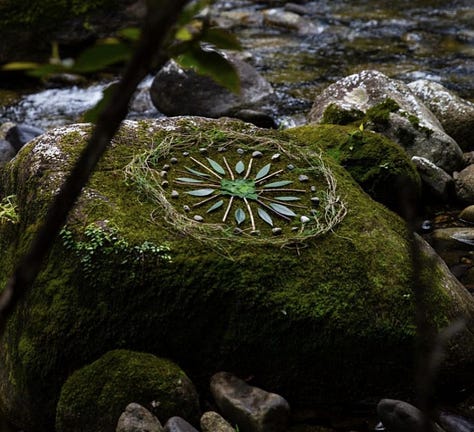
If your interest is peaked, contact your local HT professional or association today for more information! And don’t forget to let us know how you get on.
- Virens Studio
We specialize in Naturalistic Planting Design and Ecological Urban Greening, plus Garden Writing in Vancouver, Canada. Contact us today at, virensstudio.com and don’t forget to follow us on social media 💚






